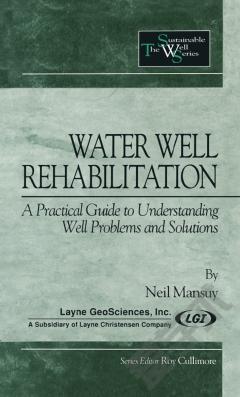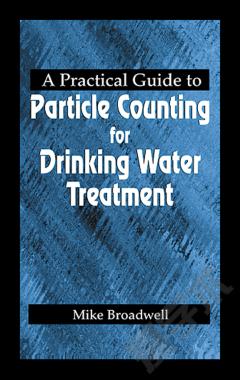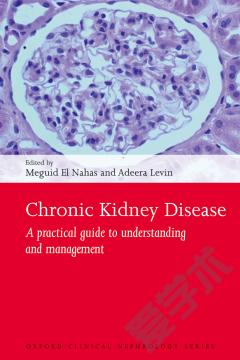Water Well Rehabilitation —— A Practical Guide to Understanding Well Problems and Solutions
----- 水井修复:解读油井问题和解决方案实用指南
Introduction Definitions Aquifers Consolidated Formations Unconsolidated Formations Water Entrance Velocities Well Hydraulics Natural Development Screen Openings Gravel Pack Thickness Sanitary Well Seal Annular Seal Unsafe Coliform Results Drainage from Well Head Screen-Blank-Screen Initial Well Development Pump Testing Specific Capacity Draw Down Discharge Capacity Oxygen Well Efficiency Identification of Problems in a Well Water Well Rehabilitation Benefits Unsafe (Bacteriological) Water Quality Issues Lost Capacity Zone of Fouling Build Up of Materials in Wells Ground Water Microbiology Current Bacterial Testing Methods Phosphorus Treatment Products Other Organisms in Ground Water Systems Surface Water Infiltration Well Screen Slot Design Cemented Gravel Pack Rate of Lost Capacity Shock Chlorination Corrosion Problems Red Water Problems Single Well Water Quality Variations Odor Problems Unsafe Bacterial Loadings Hygiene Risk Survey on Wells Well Hydraulics Position of Biofouling Relative to the Well Screen Suction Flow Control Devices Major Water Well Concerns Economic Analysis of Water Well Rehabilitation Nitrate Problems in Wells Sulfur Cycle in Ground Water Causes of Well Plugging Problems Tests for Bacteria Causing Plugging Problems Diagnosis of Problems in a Plugging Well Water Well Rehabilitation Techniques Stages in Rehabilitation PVC Wells and Biofouling Rate of Iron Deposition Chemical Application in Water Well Rehabilitation Summary of Application Methodologies Selection of Acids Advances in Technologies for Water Well Rehabilitation Use of Liquid Carbon Dioxide in Water Well Rehabilitation Efficacy of Using Pellet Chlorinators in Wells Environmental Safety Concerns Well Development Preventative Maintenance of Wells Chlorine Chemistries Final Summation Supporting Figures and Plates to the Text Selected Bibliography Acknowledgments
{{comment.content}}








 京公网安备 11010802027623号
京公网安备 11010802027623号